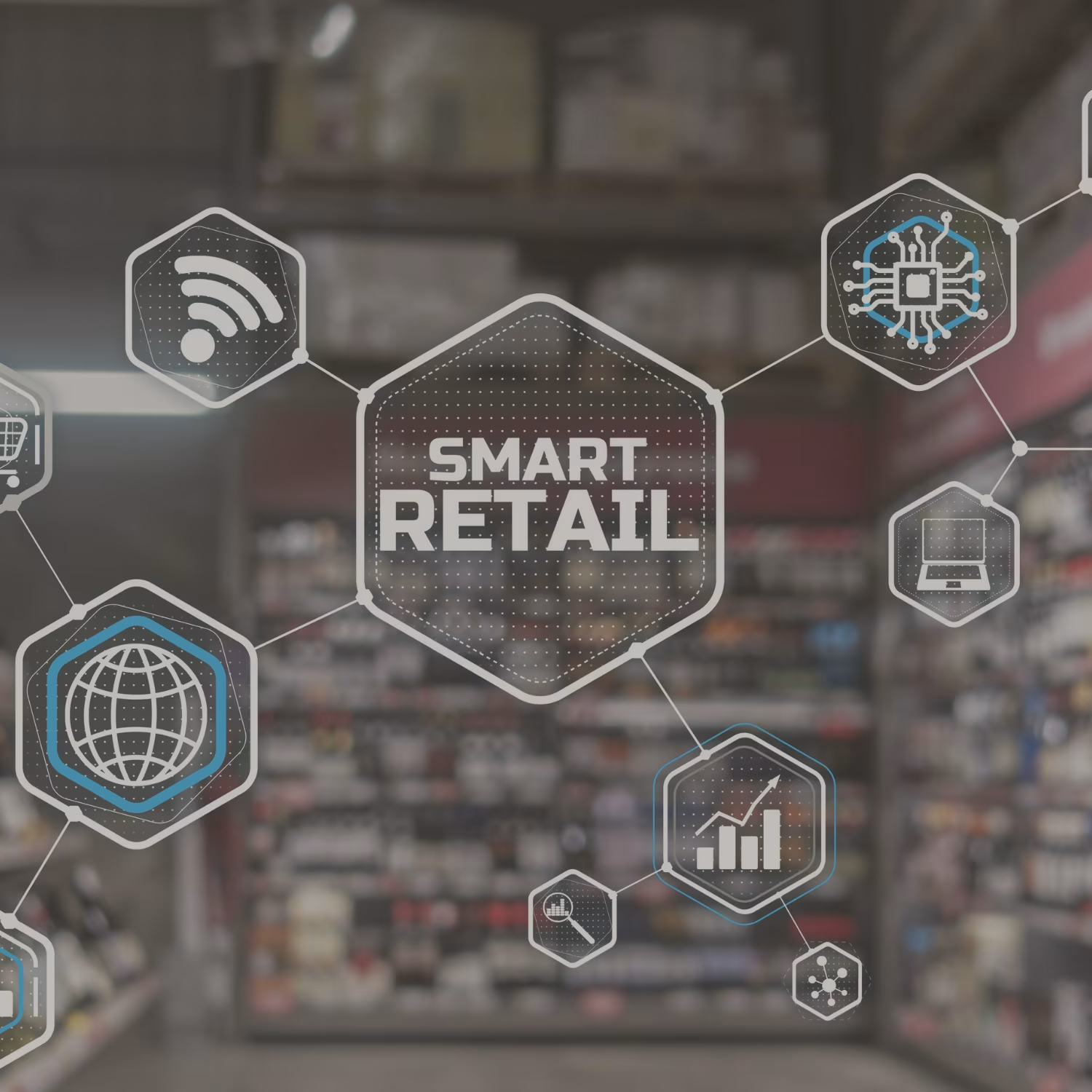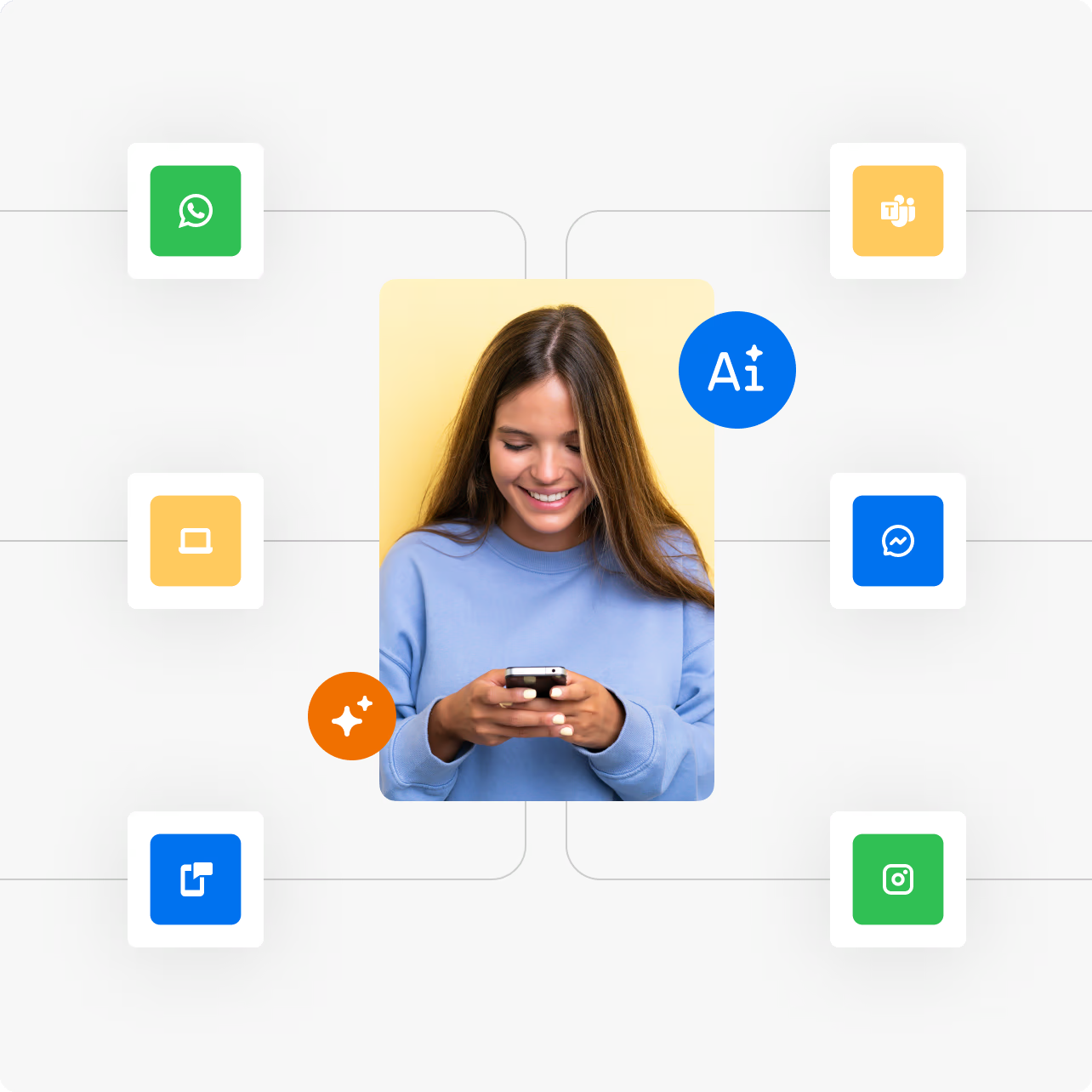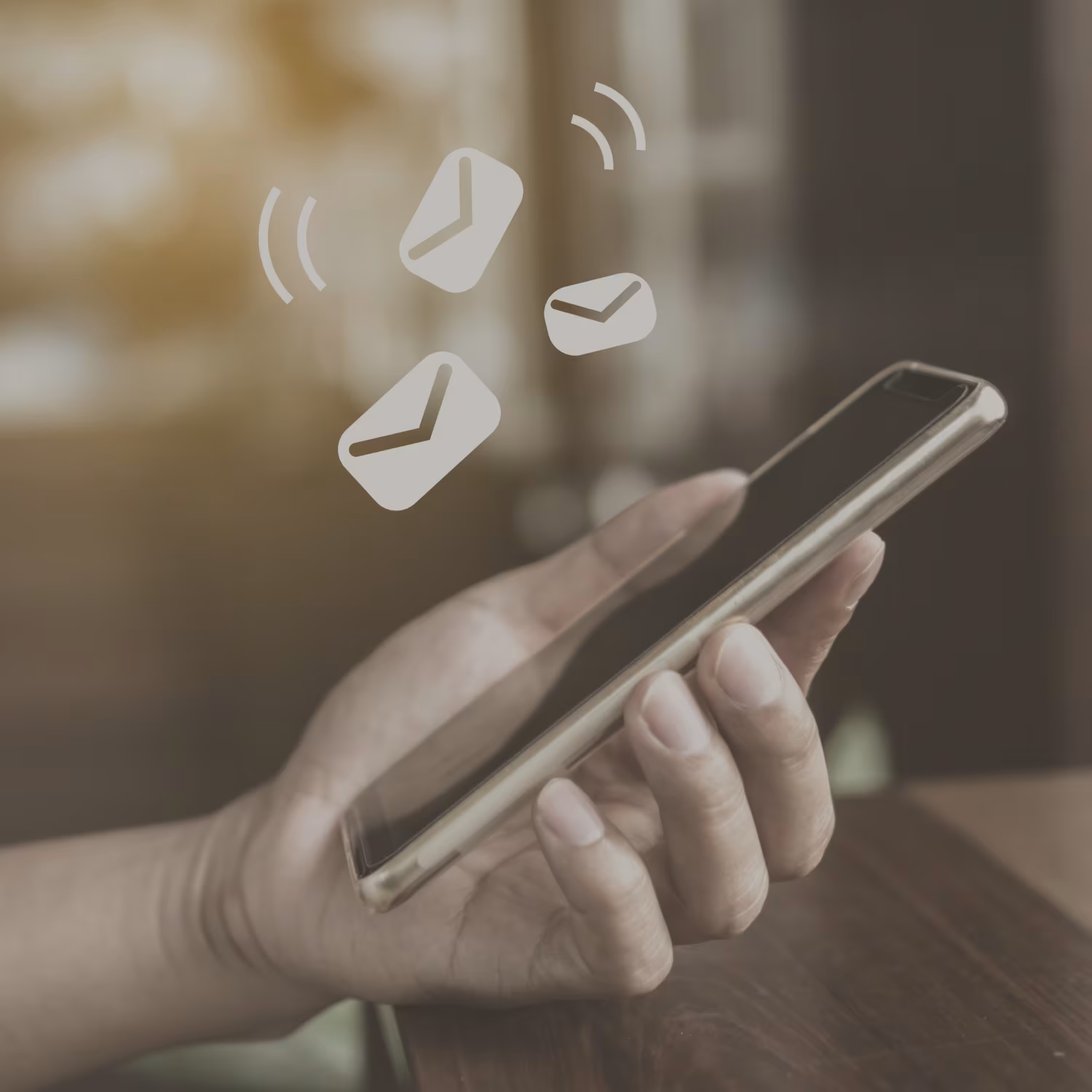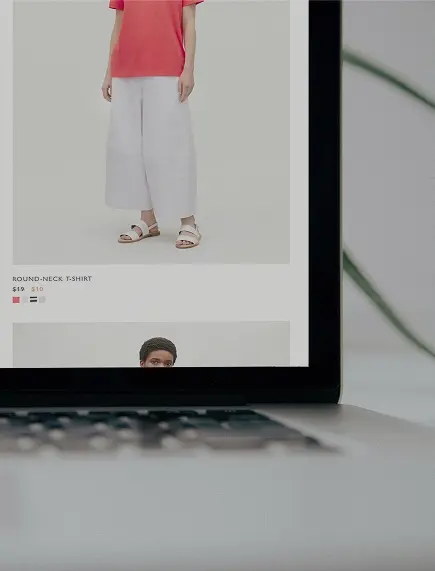Beyond Multichannel: What a True Omnichannel Experience Looks Like for Holiday Shoppers


Your brand is on social media. You send regular emails. You have a functional website. Congratulations, you’re doing multichannel marketing. But when a customer’s carefully curated shopping cart on their phone vanishes when they log in on their laptop, that’s more than an inconvenience—it’s a broken experience. It’s a jarring reminder that your channels aren’t talking to each other, and in the high-stakes, low-patience environment of holiday shopping, it’s a failure that will cost you sales.
The buzzword “omnichannel” has been around for years, but many brands still confuse it with simply being present on multiple platforms. To win the holiday season, you need to move beyond mere presence and build a truly interconnected, customer-centric ecosystem.
Defining the Difference: Roads vs. An Interconnected Transit System
Let’s clarify the distinction with a simple analogy that every marketer should understand.
- Multichannel is like having different roads leading to the same city. Your customer can take the Instagram Highway, the Email Expressway, or the Website Boulevard. They all lead to your brand, which is great. But they are separate, disconnected journeys. The customer has to start a new trip on each road, and the roads have no knowledge of each other.
- Omnichannel is an intelligent, interconnected transit system. A customer can start their journey on the social media train, see their destination, and then seamlessly transfer to the mobile app subway to get closer. Their ticket (their customer profile and data) is valid across the entire system. They can hop off at the desktop light rail station to finalize their trip, and the system knows exactly where they’ve been and where they want to go. The entire journey is designed around the traveler, not the individual routes.
This isn’t just a semantic difference; it’s a fundamental shift in strategy. Multichannel measures the performance of individual channels in silos. Omnichannel measures the experience of the individual customer across all channels.
A Day in the Life of an Omnichannel Shopper: The Story of Sarah
Let’s make this tangible by following a fictional holiday shopper named Sarah. Her experience with a true omnichannel brand looks like this:
- Awareness (Instagram): While scrolling through her feed, Sarah sees a beautifully targeted video ad for a winter coat. The ad is engaging and feels native to the platform. She taps the “Shop Now” button.
- Discovery (In-App Browser): She’s taken to a product page within Instagram. She browses different colors and reads a few reviews. She adds the navy blue coat to her cart on her phone but gets a call and has to close the app.
- Re-engagement (Email): An hour later, as she’s checking her email on her laptop, a message arrives with the subject line, “Still thinking it over?” The email not only shows the exact navy blue coat she had in her cart but also suggests a matching scarf and gloves. Her cart has been saved and synced across devices.
- Consideration (Website): Intrigued, she clicks through from the email to the full website on her desktop. She adds the scarf to her cart, which now contains both the coat and the scarf. She’s ready to buy but needs the coat for a trip this weekend.
- Conversion (Online to Offline): On the product page, she clicks a “Find in-store” button. The system uses her location to show that a store 10 minutes away has both items in her size. She chooses the “Buy Online, Pick Up In-Store” option and completes the purchase.
- Fulfillment & Support (In-Store/SMS): She immediately receives an email confirmation and an SMS message letting her know her order is being prepared. Twenty minutes later, another SMS pings: “Your order is ready for pickup!” When she arrives at the store, she gives her name, and the associate hands her a pre-packaged bag. The transaction is seamless.
For Sarah, there was no friction. There was no “online store” vs. “physical store.” There was only one brand, one conversation, and one shopping cart, all moving with her from channel to channel.

The Three Pillars of True Omnichannel
This seamlessness isn’t magic. It’s a deliberate strategy built on three non-negotiable pillars:
- Unified Customer View: This is the bedrock. All customer data—from website clicks and email opens to in-store purchases and support tickets—must be linked to a single, persistent customer profile. This unified view is what allows for the cart to sync, the recommendations to be personalized, and the experience to feel coherent.
- Consistent Brand Experience: The brand’s voice, visual identity, promotional messaging, and values must be consistent everywhere. The playful tone of a TikTok video shouldn’t clash with a formal customer service email. Consistency builds trust and makes the brand feel reliable and familiar, no matter the touchpoint.
- Seamless Experience from Awareness to Purchase and Support: The journey doesn’t end when the payment is processed. A true omnichannel strategy considers the entire lifecycle. A customer should be able to buy an item online and easily return or exchange it in a physical store. They should be able to start a support chat on the website and have the agent in the call center see the full transcript. Every touchpoint must feel connected to the last, creating a continuous, positive feedback loop.
As you plan for the holidays, ask yourself: are we building separate roads, or are we designing an intelligent, interconnected transit system for our customers? The answer will define your success.












